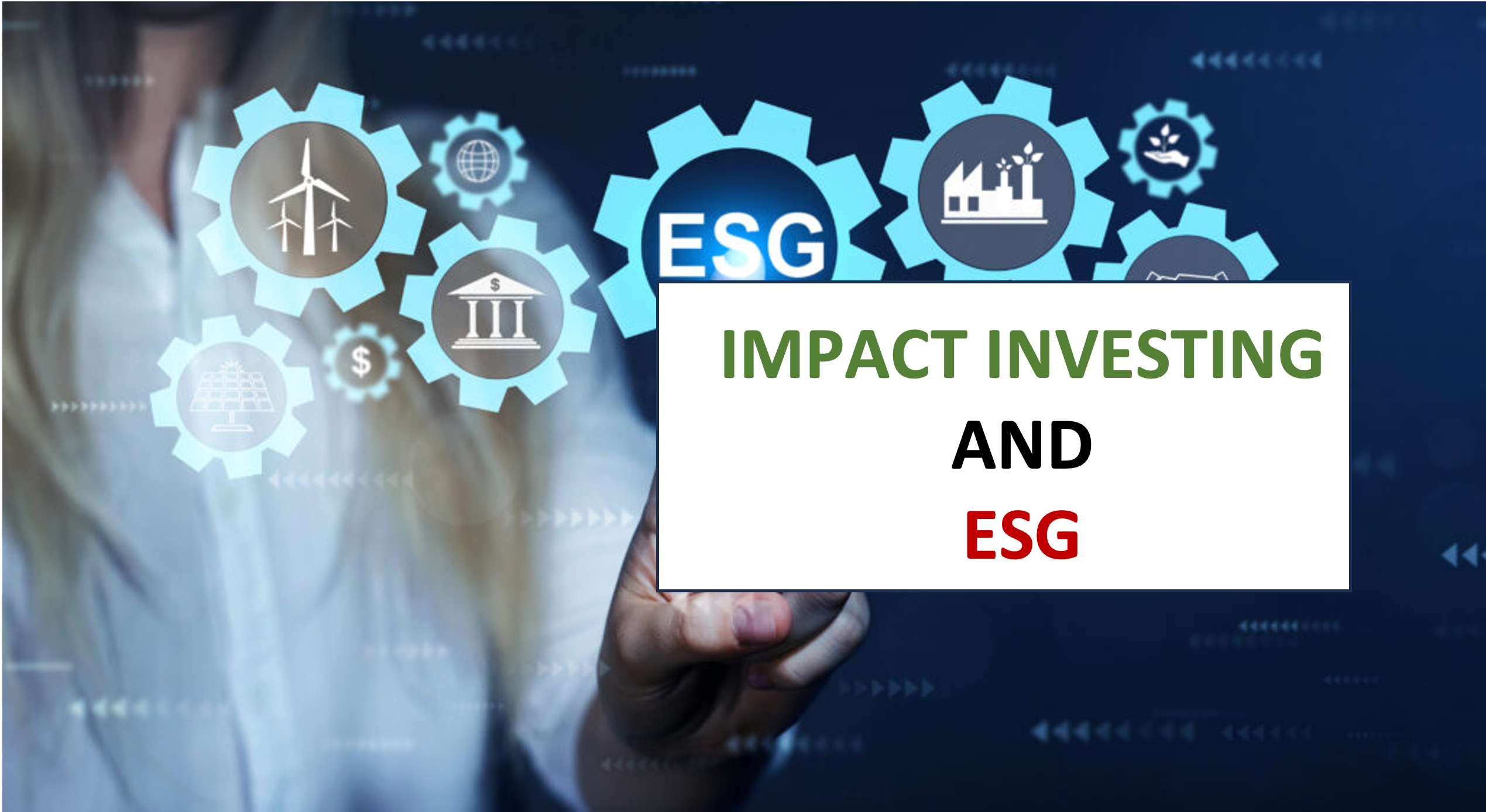

Impact Investing: Evolution of Environmental, Social and Governance scores
How do you evaluate the investability of a company? In the 20th century, most investors were speculative, with some conducting analysis that only looked at the company’s financials, the actions that the company was taking, and the current trends of the market. Today, this scope has expanded to analyze how a company also addresses ESG (environmental, social, and governance) factors through their operations as the marketplace is valuing sustainability and the actions a company is taking towards sustainability much greater now. In fact, to help investors in this analysis, agencies score companies on their exposure to these 3 factors. (This system is somewhat flawed, and I actually wrote a research paper about this, which can be found here). In this Founder’s Thought, we will investigate the evolution of ESG Risk Scores.
Past
Initially, ESG Risk scoring started in the early 2000s as investors sought innovative paths to evaluate a company’s non-financial risk. However, this system found many preliminary obstacles. Firstly, the assessments, which were focused on environmental, social, and governance risk factors were truly focused on environmental factors and fundamental governance factors. Secondly, since the concept of ESG Risk scoring was recently developed, most companies did not publicly release the information needed for investors to understand its non-financial risk and agencies to effectively score companies, which led to an inconsistent scoring system between these agencies.
Present
Today’s ESG risk scoring has advanced to include various specific factors across environmental, social, and governance areas, such as greenhouse gas emissions, diversity within the company, and business ethics. It has also evolved to add a layer of nuance and sophistication, accounting for industry-specific natural risks, such as the energy sector’s proneness to environmental risk. Furthermore, scores are now mostly quantitative-based rather than qualitative assessments as they focus more on numerical data, even utilizing AI-powered approaches. These changes have led to the widespread adoption of ESG risk scores as investors can trust them to a greater degree and use them to make decisions.
Future
Although it is difficult to predict the future, some current gaps in ESG Risk scoring will likely be filled. The largest issue in ESG Risk scoring today is the need for more standardization as ESG Risk scoring agencies, such as MSCI and Sustainalytics, look at different factors (scope) and assign these various factors a different weight when calculating ESG Risk scores. (You can find more information about this variance in MIT’s Aggregate Confusion research paper). Furthermore, we are seeing greenwashing, where many companies act like they are truly committed to certain causes by investing money in them, yet there are no tangible benefits. Thus, in the future, we should analyze the effects of actions rather than measure the actions. Finally, as the world moves further towards technology and AI, it would be beneficial to integrate these new technologies and seek real-time scoring, similar to the rapid changes in the stock market.
Conclusion
Overall, ESG Risk scoring has done a tremendous job thus far in helping us understand and analyze companies from a non-financial perspective. Their role also indirectly pushes companies to take sustainable actions, and their role in providing information to investors helps support the growing field of impact investing. It will be interesting to see how ESG Risk scoring plays out in the future.